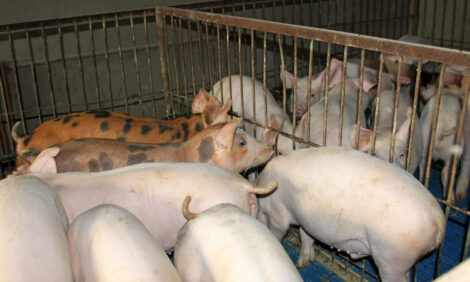



Still Much to be Learned About PED
EU - The European Food Safety Authority recently gave its scientific opinion on PEDv, in which it flags up the possibility of transmission via spray dried porcine plasma.It also highlights the risk of transmission by air for short distances, and it sounds a note of caution on semen.
It's conclusion is that there is still a lot we do not know about this highly infectious disease which has created havoc on so many United States pig farms.
Key Points
- Infected live animals and faeces have been reported to transmit PEDv. The infectious virus can survive in slurry, but at present there is no data available on the role of this material in PEDv transmission.
- High levels of infectious PEDv are shed in faeces and contribute to contamination of various objects, for example vehicles, humans and feed.
- The transmission of PEDv via feed has been shown but more data is required to assess the importance of the disease being spread via feed.
- PEDv RNA (which is similar to DNA) has been detected at low levels in the serum fraction of whole blood, but, to date, no data exists on the infectious virus in this material.
- Faecal cross-contamination of blood during collection at slaughterhouses cannot be excluded.
- It is reported that spray-drying of porcine plasma can inactivate PEDv. However, the influence of variations in spray-drying processes has not been sufficiently validated for PEDv.
- Infectious PEDv has been detected in spray dried porcine plasma in one study, but it is not clear whether the cause is or inadequate spray-drying.
- The infectious virus has been detected in air collected under experimental conditions and so PEDv may be transmitted via the air for short distances. Low levels of PEDv RNA (similar to DNA) have been detected in semen, but there is no data on the presence of infectious virus in semen.
- There is no data available on the presence of PEDv in embryos, pork meat or other porcine-derived feed components such as red blood cells, hydrolysed proteins, fat, gelatine and collagen.
- Porcine swill, particularly including untreated pig intestines, can contain infectious PEDv but there are no data available at the moment on the role of this material in PEDv transmission.







